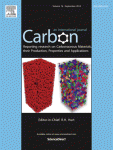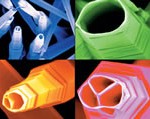Ravi Pandey (Phys) has received $75,000 (with a potential award total of $726,291) from the US Department of Defense-Army Research Laboratory for the first year of a potential three-year research and development project titled “First Principles Studies of Structure-Property Relationships in Two-dimensional Nanomaterials Beyond Graphene for Defense Applications.”
Robert Nemiroff (Phys) has received $30,000 of $238,362 from the National Aeronautics and Space Administration for the first year of a three-year project titled “Supporting Astronomy Picture of the Day.”




